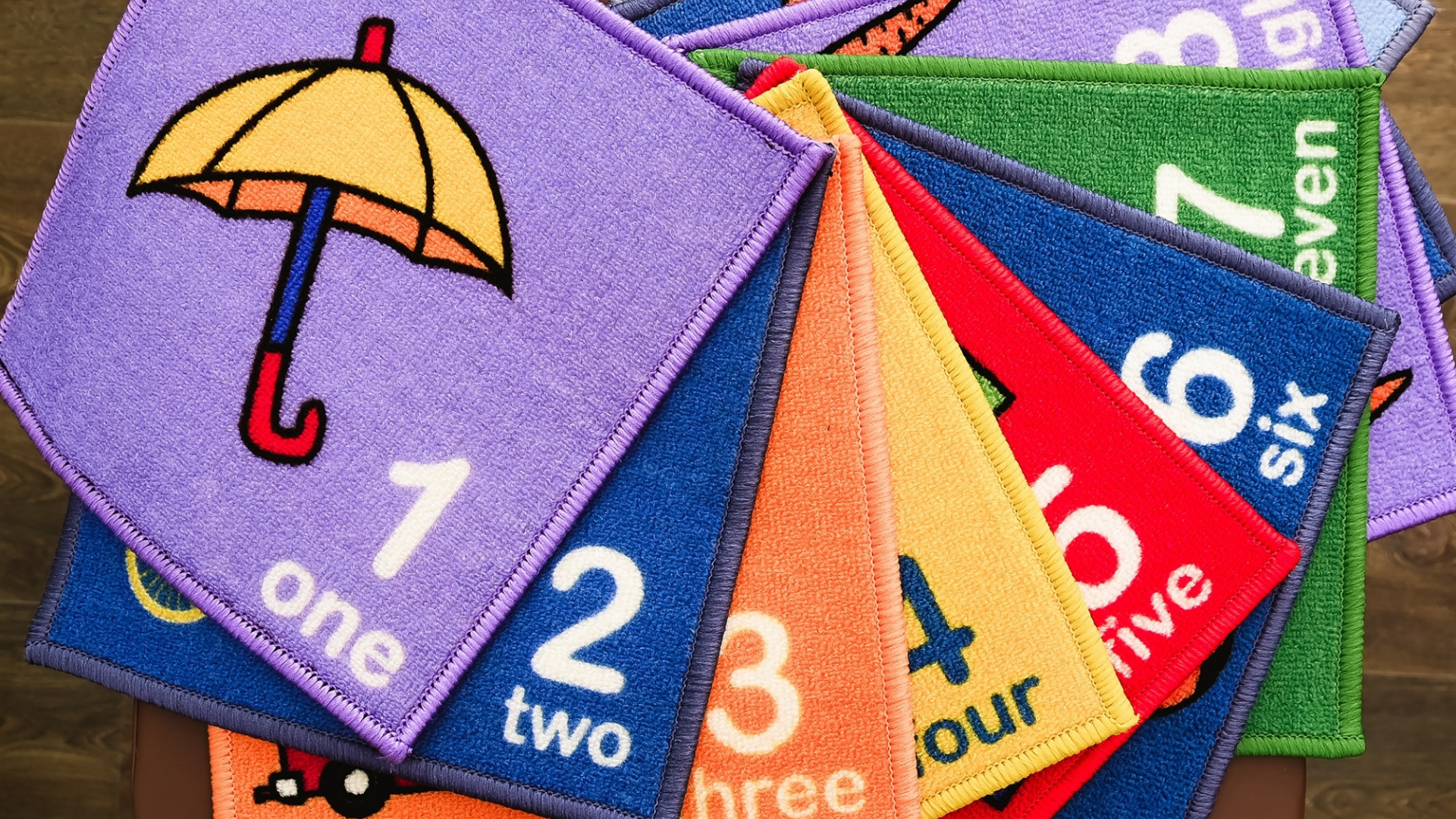
Making Math Magical with Movement: A TK Classroom Lesson Plan Using Hopscotch Play Carpet & Let’s Learn How to Count Seating Squares
In Transitional Kindergarten (TK), foundational math skills take root through hands-on experiences, active learning, and a big dose of fun. That’s why @carlandathemagicalteacher integrates movement-based learning tools from Children’s Factory to bring math to life in her classroom. Using the Hopscotch Play Carpet and Let’s Learn How to Count Seating Squares, she’s turning ordinary number time into a magical learning experience.
Here’s how you can replicate this preschool math activity in your classroom:
Lesson Objective:
To strengthen number recognition, one-to-one correspondence, and gross motor skills using interactive classroom seating and movement games for early learners.
Center 1: Let’s Learn How to Count Seating Squares
Perfect for: Circle Time, Math Centers, Small Group Work
These vibrant numbered squares are more than just classroom seating—they’re versatile math manipulatives!
Activities:
- Count the pictures on each square together.
- Hold up fingers to represent the number.
- Add manipulatives (counters, animals, blocks) to match the number on the square—ideal for one-to-one correspondence practice.
- Use them on the floor or the table to build number sense during math centers or morning meetings.
Learning Focus:
✔ Number recognition
✔ Fine motor skills
✔ One-to-one correspondence
✔ Visual quantity representation
Center 2: Hopscotch Play Carpet
Perfect for: Movement Breaks, Math Games, Rainy Day Recess
This colorful carpet invites active play while reinforcing number concepts.
Activities:
- Call out a number—students hop to it!
- Clap or stomp that many times once they land.
- Roll a dice, count the dots, and jump to the matching number.
- Challenge them to complete a full hopscotch pattern to improve balance and coordination.
Learning Focus:
✔ Gross motor development
✔ Counting and number order
✔ Listening and following directions
✔ Physical activity in learning
Why It Works:
Combining math with movement supports deeper learning, especially in early childhood. These tools transform everyday instruction into multi-sensory learning experiences that build both cognitive and physical development.
“These tools turn math, movement, and play into magical learning moments!” – @carlandathemagicalteacher
Ready to Make Math Magical in Your Classroom?
Bring home the Hopscotch Play Carpet and Let’s Learn How to Count Seating Squares—classroom-tested favorites that blend fun with foundational skills.
Special thanks to Carlanda Miller for inspiring this idea! Be sure to check out her video on Instagram.